Double measures: Marco Pallanti and Lorenza Sebasti marry winemaking to art
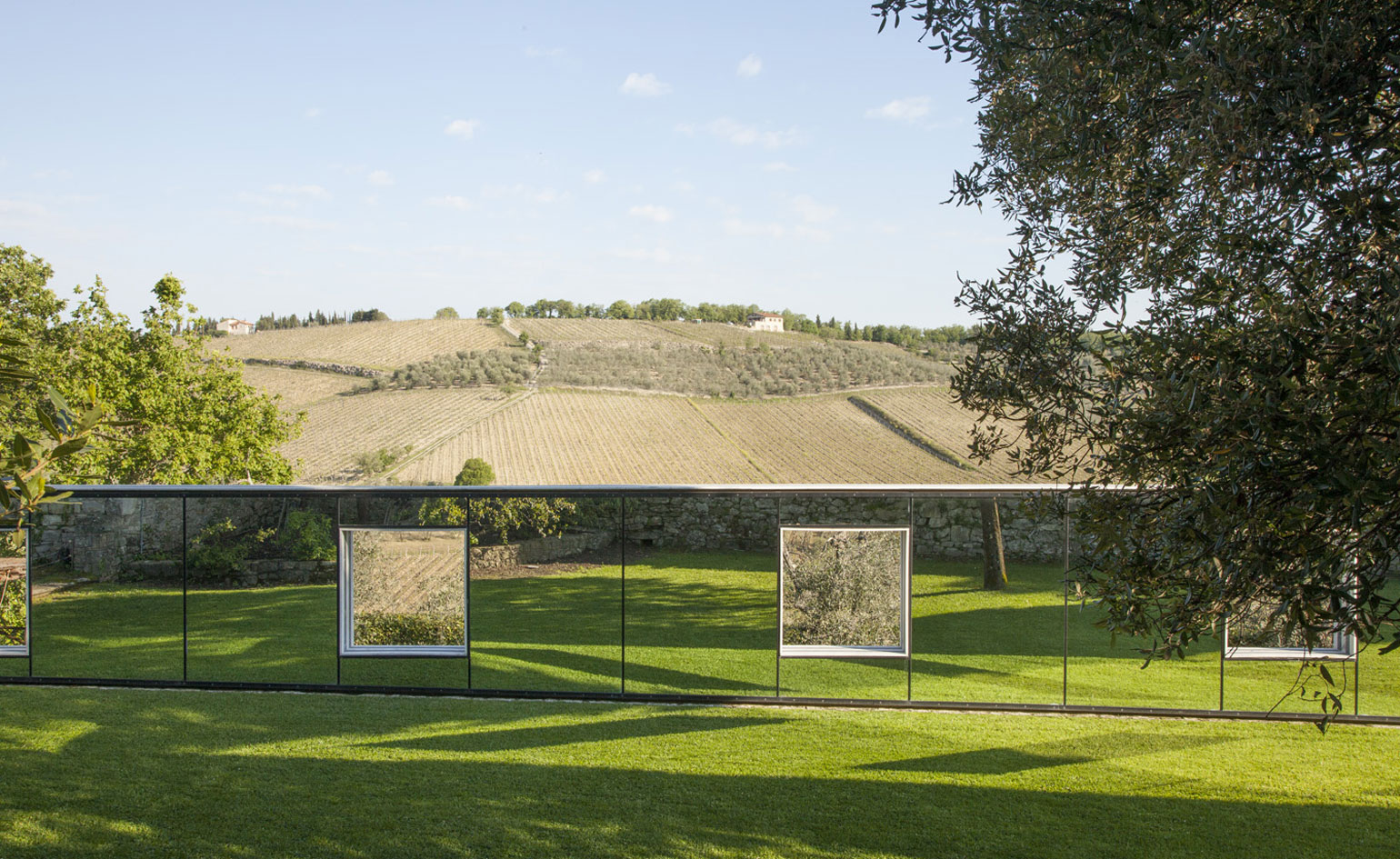
Gaiole in Chianti is a village perched on top of a hill in the Tuscan wine region of Chianti. Dotted around the area are villas, small castles and vineyards, punctuated by olive trees and the rough vegetation typical of this part of the Italian countryside. It is a backdrop to Renaissance paintings and famous worldwide for its wines.
Gaiole in Chianti is home to the Castello di Ama winery, owned by husband and wife team Marco Pallanti and Lorenza Sebasti. Their winemaking adventure started in 1982, when Pallanti started working as an oenologist at the winery and met Sebasti, whose family owned part of the estate. The couple later took over the whole operation, completing a series of works to restore the vineyards, and buying up new land. Pallanti, who trained in Bordeaux, also regrafted over 50,000 vines, bringing in non-local varieties as well as introducing a new form of growing, called 'open lyre'. Thanks to these developments the Castello di Ama estate now produces 300,000 bottles a year.
Although Castello di Ama wine has a reputation as some of the best of the area, the winery is also a fully-fledged art destination. Initially working with Galleria Continua, an art gallery in nearby San Gimignano, the couple have opened the doors of their property to contemporary artists, and over the last 16 years built a serious collection of 13 site-specific art installations by the likes of Michelangelo Pistoletto, Daniel Buren, Louise Bourgeois, Anish Kapoor and Hiroshi Sugimoto.
The pair dubbed the project Castello di Ama per l’Arte Contemporanea, inviting artists to spend time at the winery, explore its history and enjoy its wine, before working on something to leave behind. 'The number one ingredient is always the artists’ generosity,' says Sebasti. 'Then comes time. And the third I’d say is our passion. We don’t use the art, for us it’s something visceral, it’s like looking at ourselves in the mirror.'
Visitors to Ama are greeted by a composition of bright rocks by Cameroonian artist Pascale Marthine Tayou. Walking through the property they discover Carlos Garaicoa's Yo no quiero ver más a mis vecinos, a large-scale piece featuring reproductions of famous walls, from China’s Great Wall to the Berlin Wall. Daniel Buren has contributed a mirrored wall that frames the surrounding hills, creating an intimate but luminous room in one of the gardens. The two chapels on the property have been taken over by a light installation by Anish Kapoor and a sculptural installation by Hiroshi Sugimoto.
While all of the works are placed in conversation with the buildings and surrounding nature, some are fully integrated with the winery. Kendell Geers’ Revolution/Love neon installation and the late Chinese artist Chen Zhen’s La lumière intérieur du corps humain are placed in two cellars, amongst the wine barrels, in close conversation with the soul of the place.
Some of the art at Ama is tricky to get to. A statue by Louise Bourgeois, which the artist created for Ama in 2009, is located in an ancient water basin deep in the cellars. It is visible through a small hole in the floor and accessible only via a steep ladder.
The Bourgeois commission marked a pivotal moment for the couple. It introduced them to Philip Larratt-Smith, the Canadian art curator who was working with Bourgeois as literary archivist at the time. Larratt-Smith was later invited to write an essay on Ama’s art. The pair enlisted him as their curator at the end of 2015. Larratt-Smith now works closely with the couple to develop future art installations and introduce new artists to Ama.
'[Pallanti and Sebasti] see art in the way they see wine; something they are producing with a view to the long term, something that has to be handed down to the next generation,' says Larratt-Smith. 'There is a solidity and integrity to the process that to me has definitely informed the way they have approached and invited these artists to the project.'
'We are guardians, not owners,' says Sebasti. 'This is the way we approach things. This art is not personal or exclusive, it’s for the community, and for us it’s a great privilege, but we also feel the responsibility to share this privilege and transmit it so it can grow with time.'
Over the past few years, Pallanti and Sebasti have added other attractions, opening Il Ristoro di Ama, a 'winery with a kitchen' offering local wine paired with Tuscan dishes, and a series of suites in the Villa Ricucci, a 19th-century villa on the property. Furnishings by the Campana Brothers for Edra were introduced in the antique villa, part of an eclectic mix that reflects the spirit of the place.
Larratt-Smith suggests it’s important for visitors to experience the art at Ama at different times of the day; 'It’s quite changeable, it’s a living thing,' he says. It is crucial, he says, to look at art not in an institutional setting but in nature; 'where your brain is thinking in a different way and you look at art in a different way. I think that’s maybe rarer than it should be in contemporary life.'
Sebasti insists there is a definite logic to creating and keeping art in this environment. 'There is an analogy between this wine, as we intend it, and art as we intend it,' she says. 'Because, really, you can look for a masterpiece, but whether you achieve it or not, only time will tell.'
As originally featured in the July 2016 issue of Wallpaper* (W*208)

Pictured left: Le Chemin Du Bonheur, by Pascale Marthine Tayou, 2012. Right: Aima, by Anish Kapoor, 2004
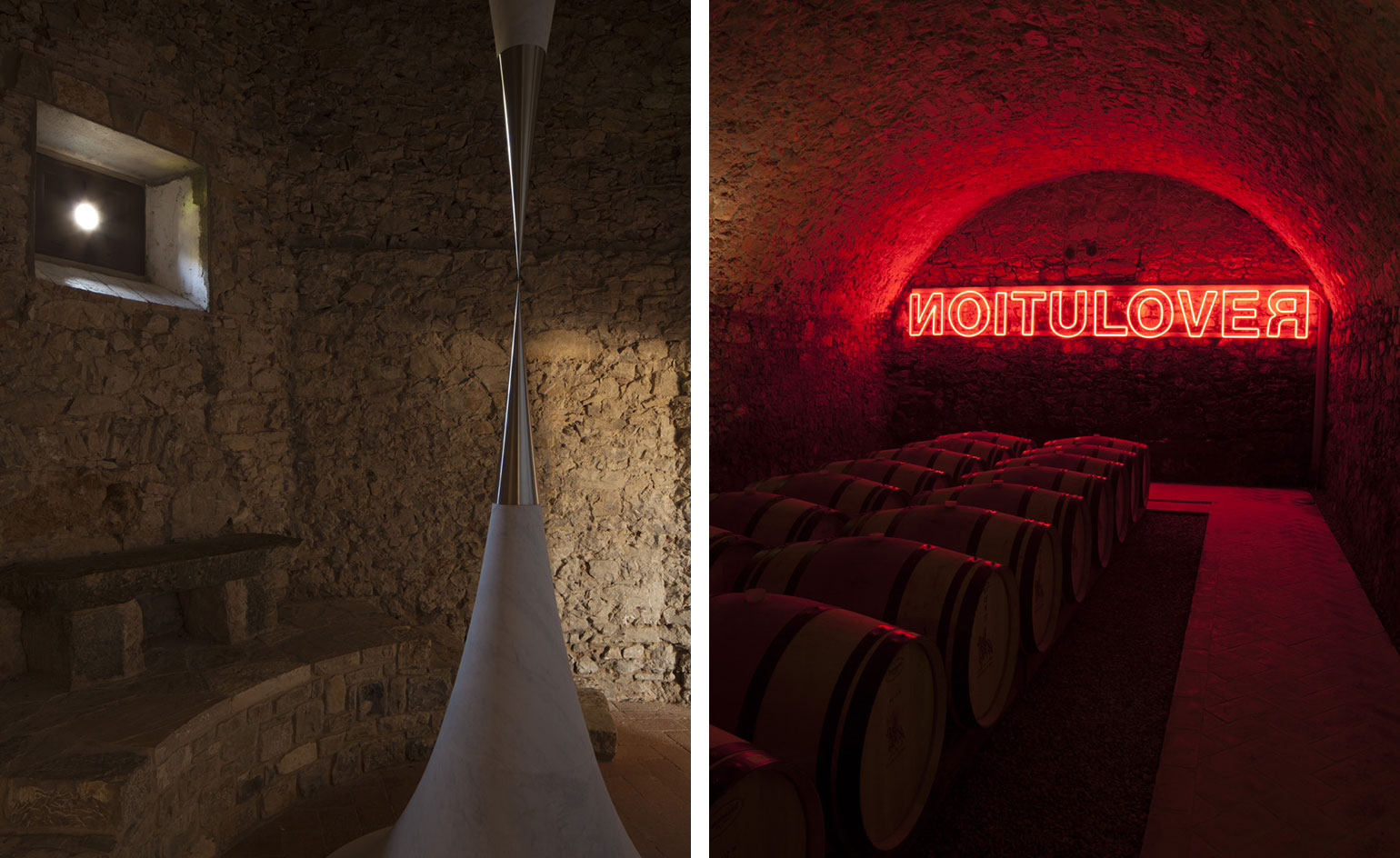
Pictured left: Confession of Zero, by Hiroshi Sugimoto, 2014, was the latest work to be installed at Ama. Right: Revolution/Love, by Kendell Geers, 2003, in one of the cellars
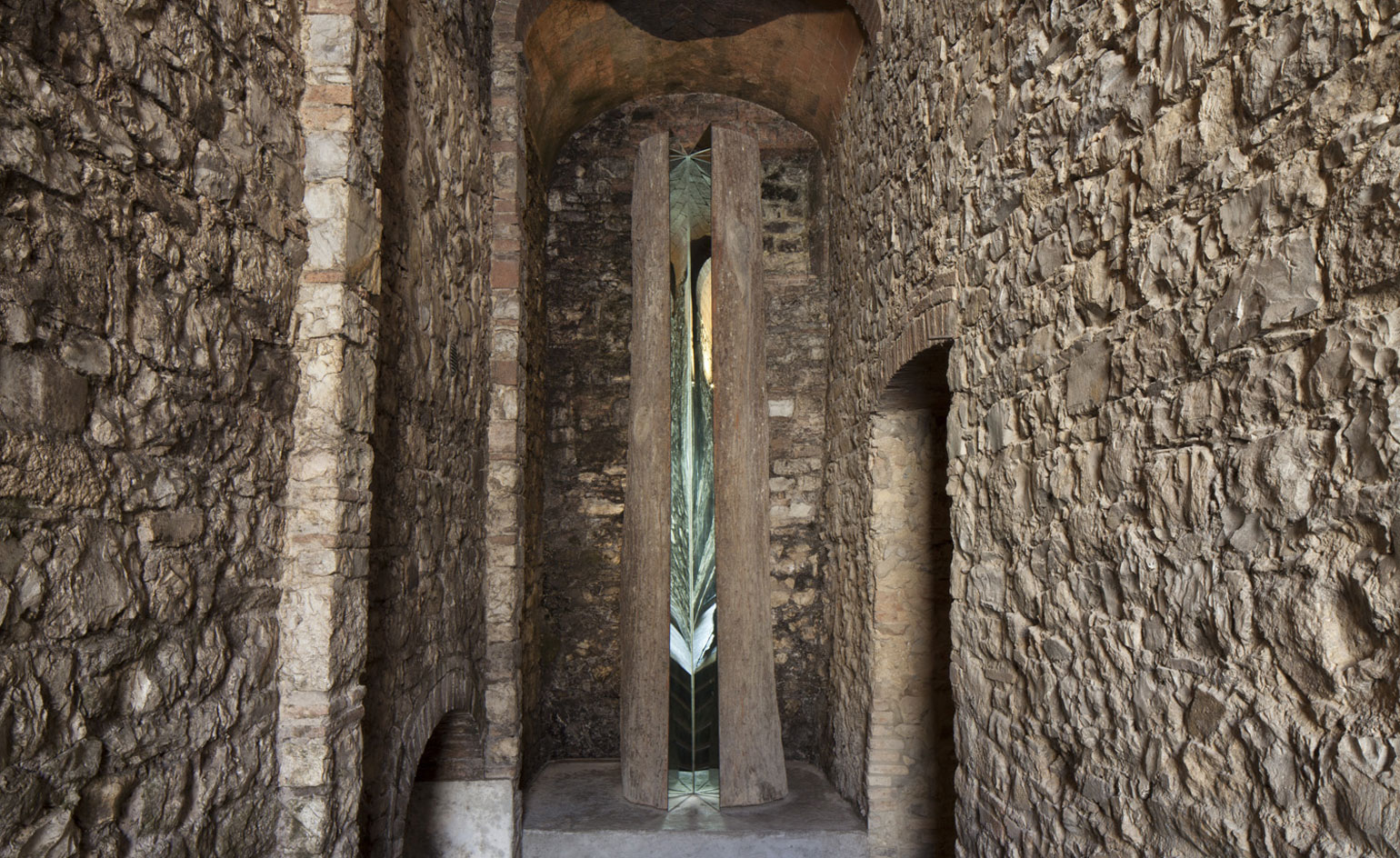
L'albero di Ama. Divisione e Moltiplicazione dello Specchio, by Michelangelo Pistoletto, 2000
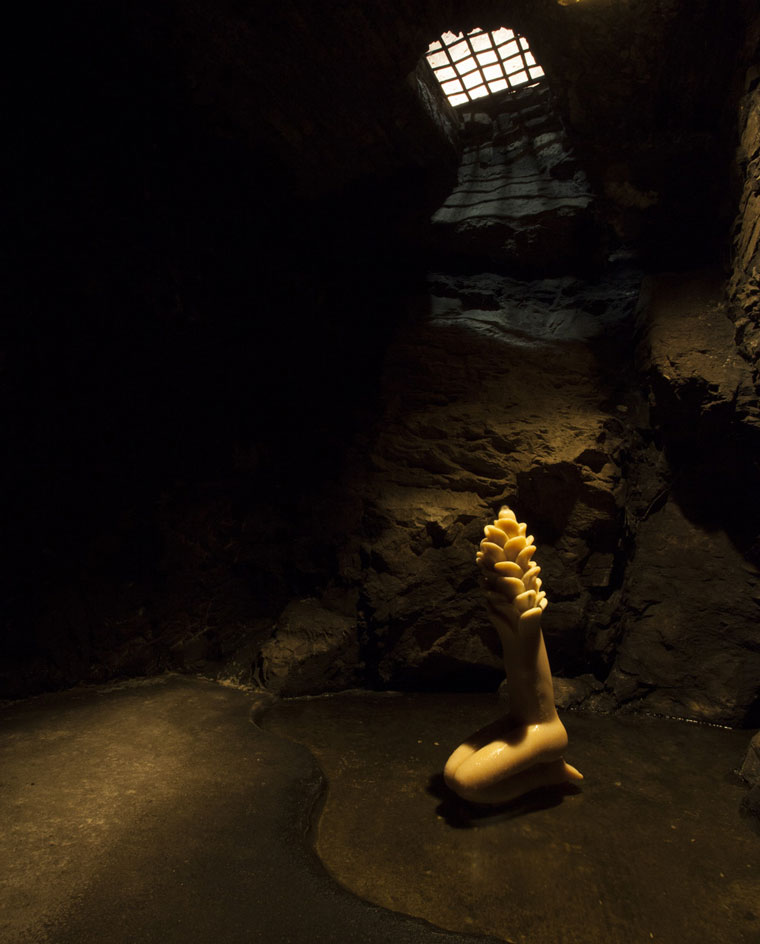
Topiary, by Louise Bourgeois, 2009, can be found deep in the cellars
INFORMATION
For more information visit Castello D'Ama's website
Photography: Andrea Bosio
Receive our daily digest of inspiration, escapism and design stories from around the world direct to your inbox.
Rosa Bertoli was born in Udine, Italy, and now lives in London. Since 2014, she has been the Design Editor of Wallpaper*, where she oversees design content for the print and online editions, as well as special editorial projects. Through her role at Wallpaper*, she has written extensively about all areas of design. Rosa has been speaker and moderator for various design talks and conferences including London Craft Week, Maison & Objet, The Italian Cultural Institute (London), Clippings, Zaha Hadid Design, Kartell and Frieze Art Fair. Rosa has been on judging panels for the Chart Architecture Award, the Dutch Design Awards and the DesignGuild Marks. She has written for numerous English and Italian language publications, and worked as a content and communication consultant for fashion and design brands.
-
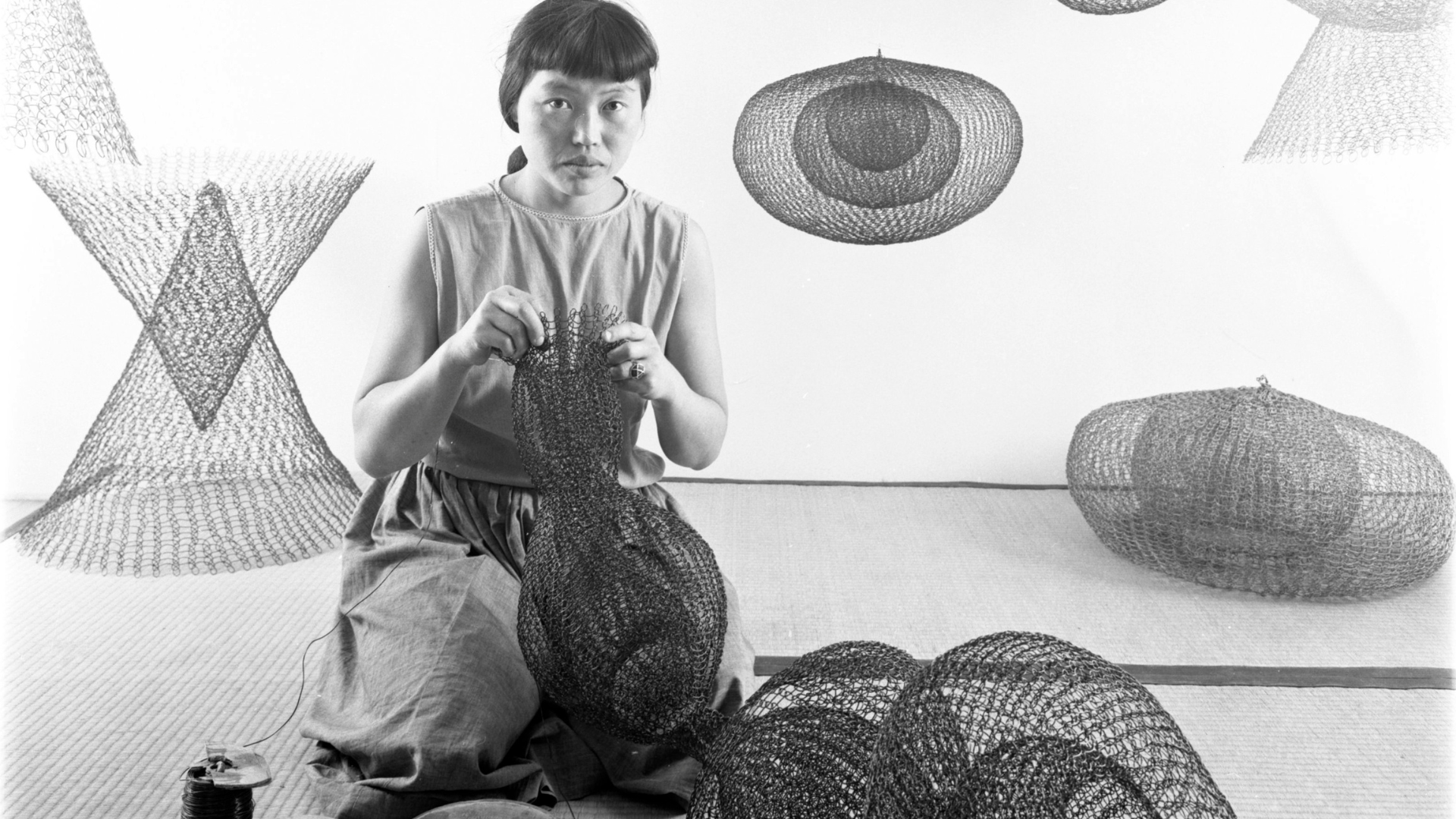 The best Ruth Asawa exhibition is actually on the streets of San Francisco
The best Ruth Asawa exhibition is actually on the streets of San FranciscoThe artist, now the subject of a major retrospective at SFMOMA, designed many public sculptures scattered across the Bay Area – you just have to know where to look
-
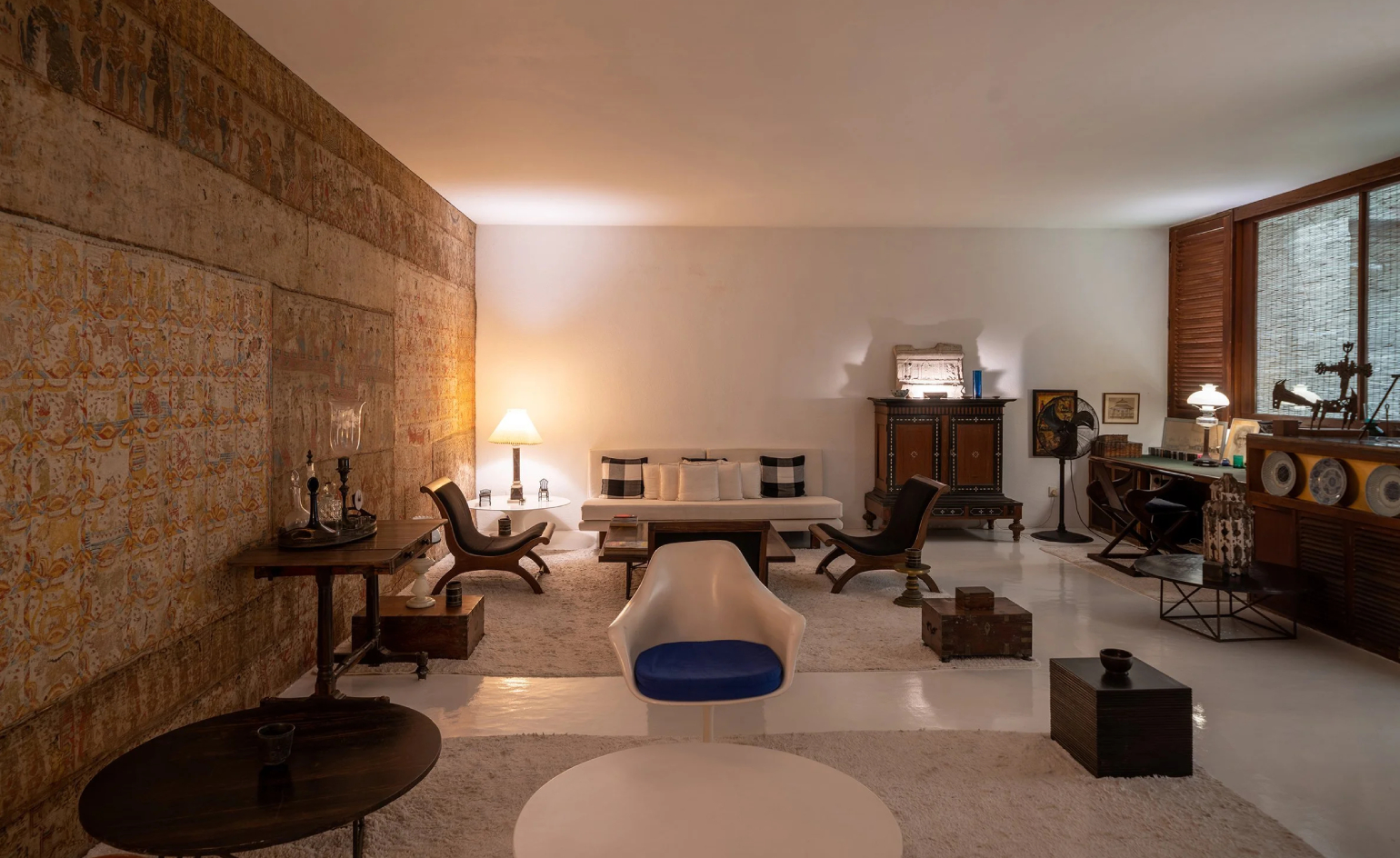 Spend the night at architect Geoffrey Bawa’s former home in Colombo
Spend the night at architect Geoffrey Bawa’s former home in ColomboThe godfather of Tropical Modernism’s Number 11 residence now features a brand new guest suite furnished with the Sri Lankan architect’s very own curios
-
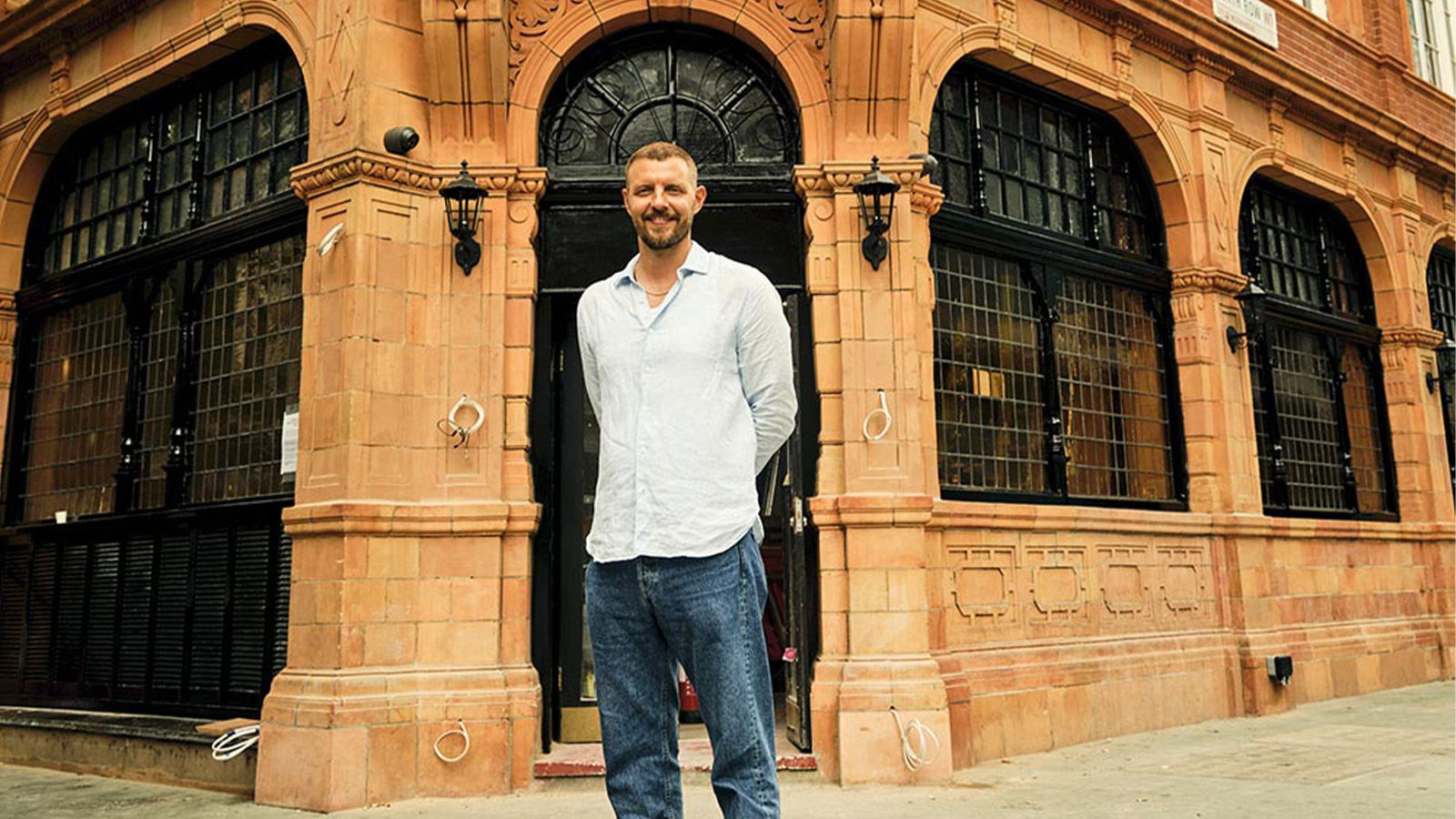 London’s best pizza restaurant gets a new home in Mayfair
London’s best pizza restaurant gets a new home in MayfairSecure a slice of New York-style pizza in central London as Crisp Pizza teams up with the Devonshire pub to set up shop in the relaunched The Marlborough
-
 How to build a home wine cellar
How to build a home wine cellarOur resident drinks writer takes us through his own experiences on building the dream wine cellar at home including his favourite wines to stock up on now
-
 Inside Domaine Evremond, the UK’s first subterranean winery
Inside Domaine Evremond, the UK’s first subterranean winery‘Sparkling wine should be fun.’ We tour Domaine Evremond in Kent, a winery steeped in the English countryside
-
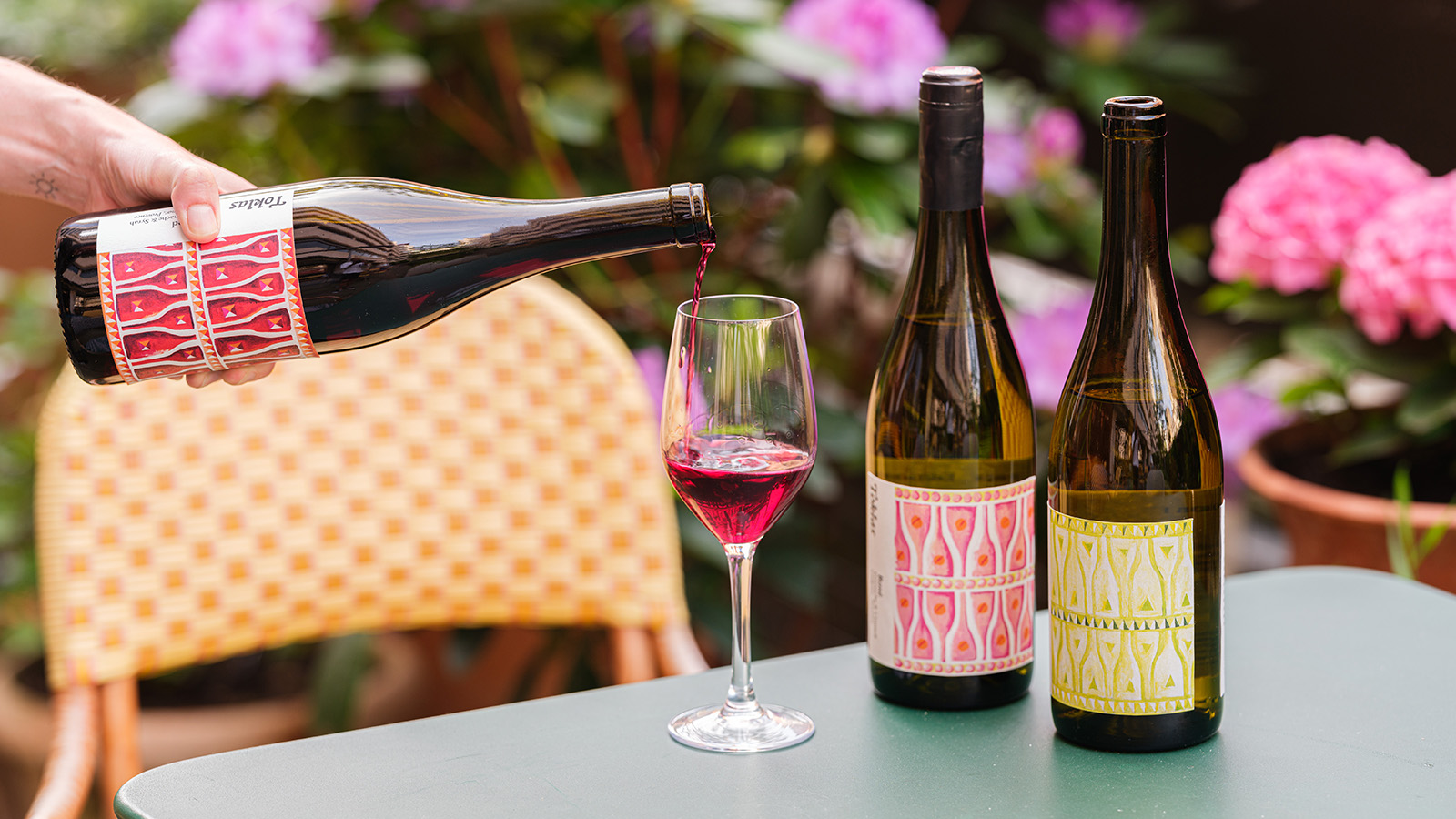 Toklas’ own-label wine is a synergy of art, taste and ‘elevated simplicity’
Toklas’ own-label wine is a synergy of art, taste and ‘elevated simplicity’Toklas, a London restaurant and bakery, have added another string to its bow ( and menu) with a trio of cuvées with limited-edition designs
-
 Château Galoupet is teaching the world how to drink more responsibly
Château Galoupet is teaching the world how to drink more responsiblyFrom reviving an endangered Provençal ecosystem to revisiting wine packaging, Château Galoupet aims to transform winemaking from terroir to bottle
-
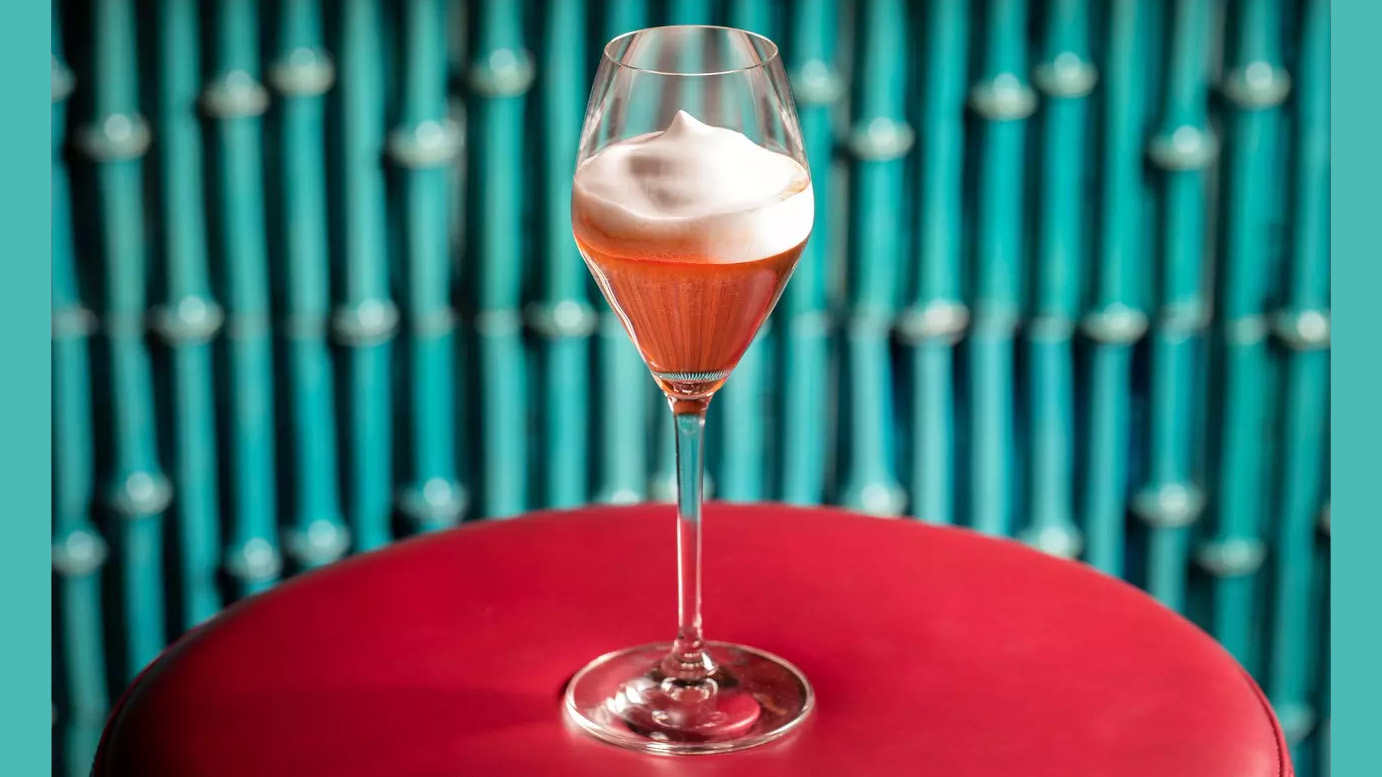 London’s most refreshing summer cocktail destinations
London’s most refreshing summer cocktail destinationsCool down in the sweltering city with a visit to London’s summer cocktail destinations
-
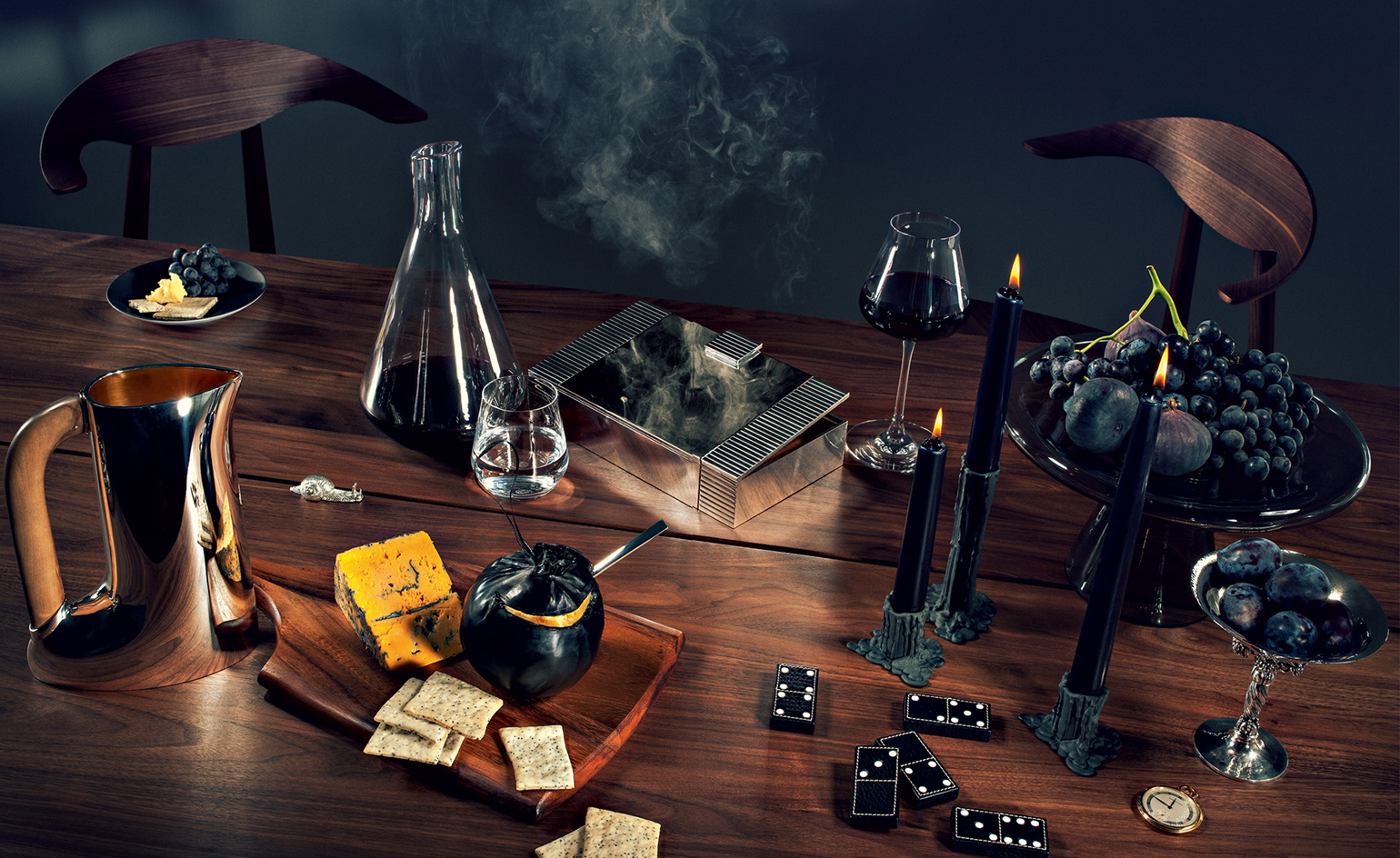 Learn how to curate a simple cheese board with perfect port pairings
Learn how to curate a simple cheese board with perfect port pairingsThe experts at artisan cheesemonger Paxton & Whitfield share tips for curating a simple but sophisticated cheese board, with port and cheese pairings for every taste
-
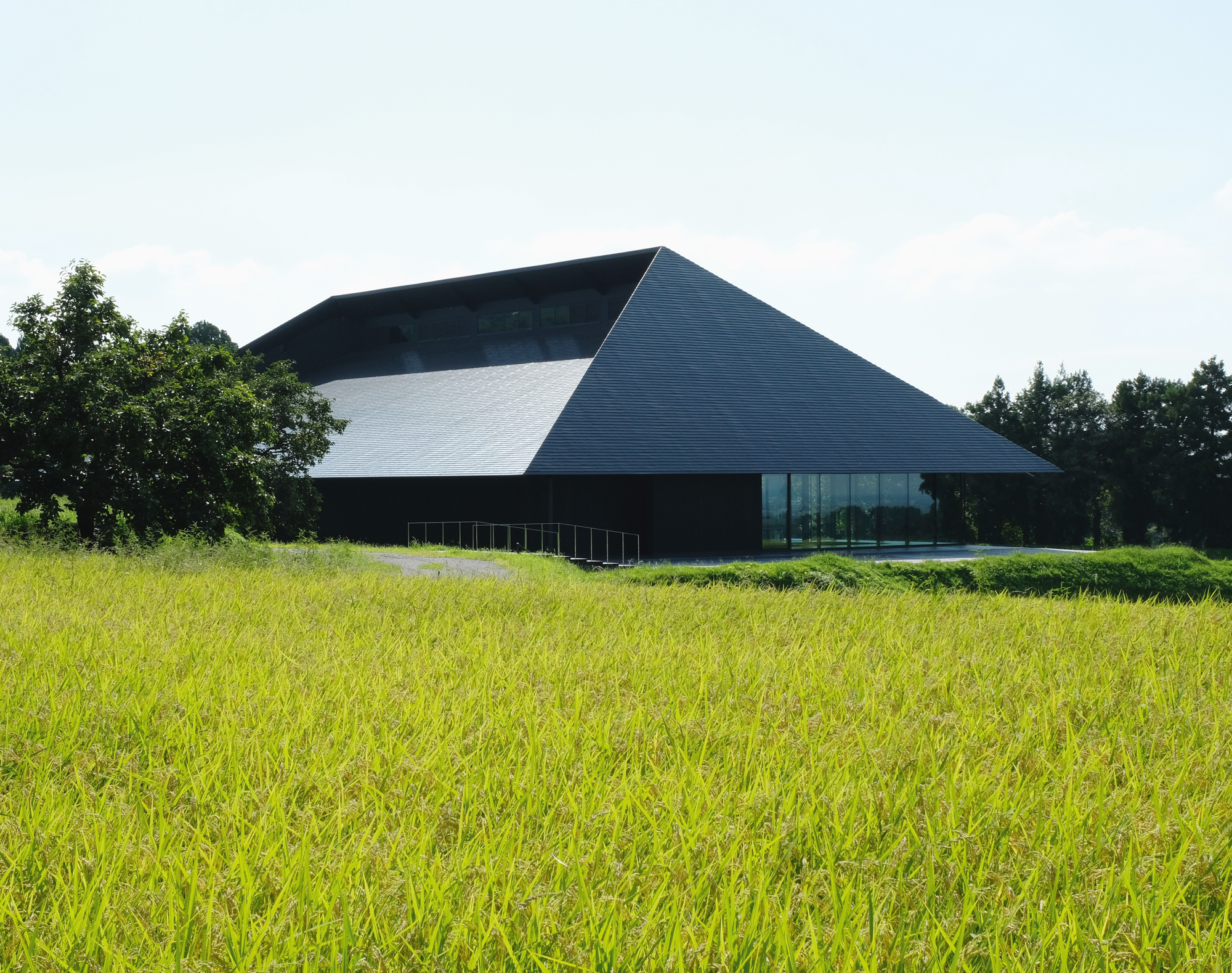 IWA sake brewery by Kengo Kuma is Best Roofscape: Wallpaper* Design Awards 2022
IWA sake brewery by Kengo Kuma is Best Roofscape: Wallpaper* Design Awards 2022IWA sake brewery in Japan, by Kengo Kuma & Associates, scoops Best Roofscape at the Wallpaper* Design Awards 2022
-
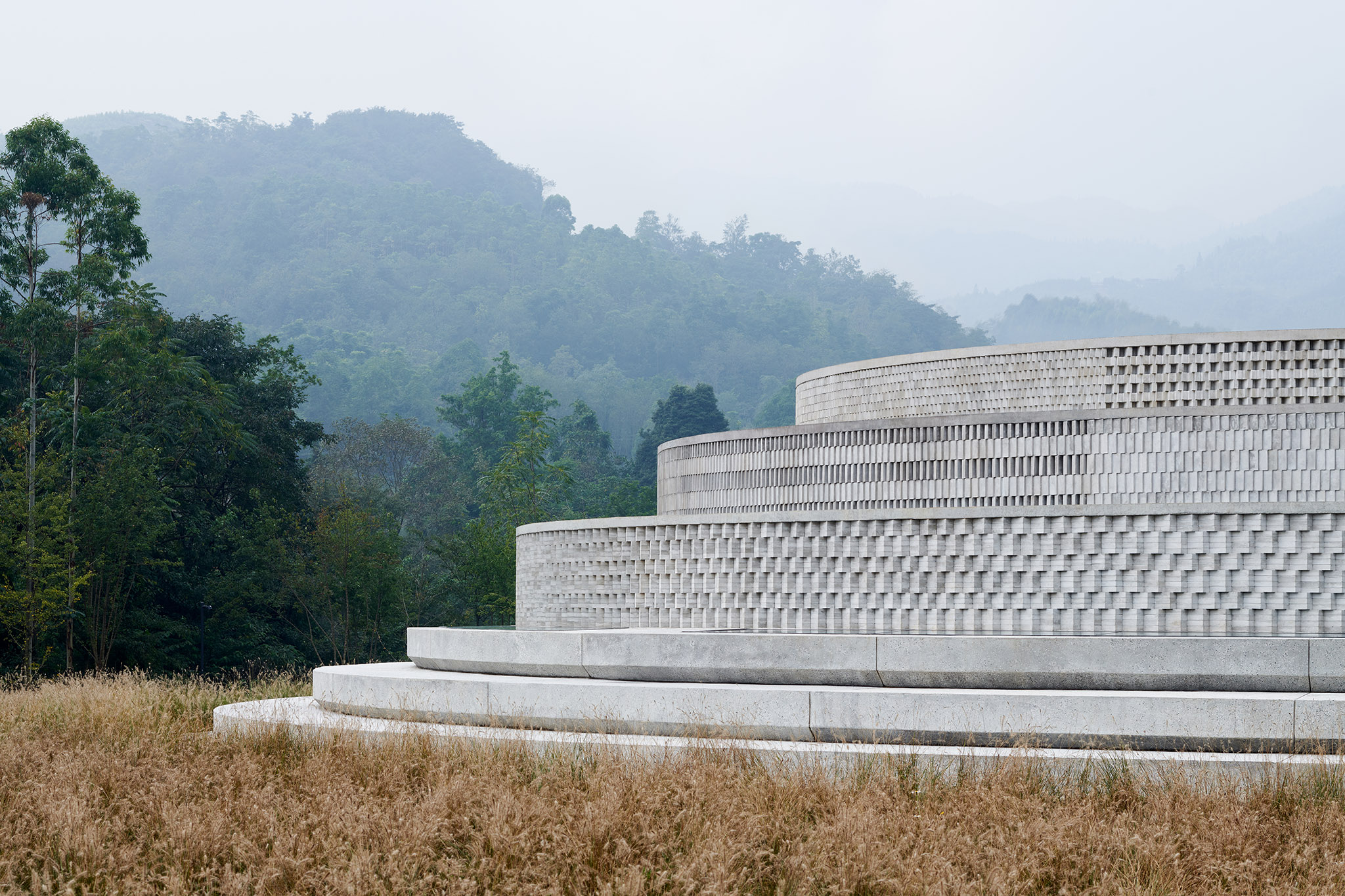 The Chuan Malt Whisky Distillery by Neri & Hu offers a twist on Chinese tradition
The Chuan Malt Whisky Distillery by Neri & Hu offers a twist on Chinese traditionNeri & Hu designs headquarters for The Chuan Malt Whisky Distillery in China's Sichuan province